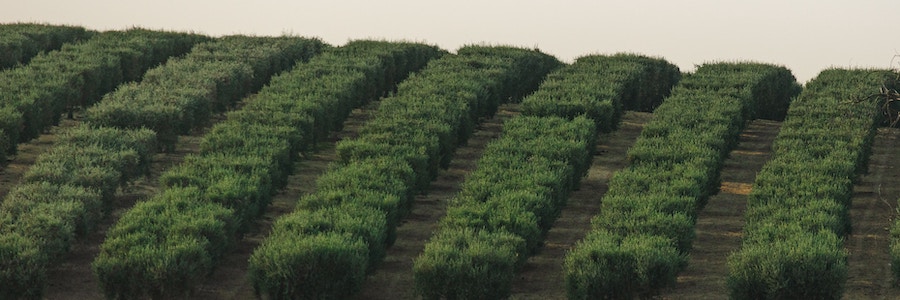Over the last several years operational costs – water, fertilizer, you name it – and labor costs for California farmers have gone up astronomically but commodity prices to growers have not.
What this means for farmers today is that they’re at a tipping point in terms of how they do business. These costs far exceed revenue gains – for many crops we’ve actually seen drops in revenue since 2019 – for growers. California farmers therefore need a major cost-savings shot in the arm, which is best provided by technology.
The problem is most farmers – and over 90% of farmers in California are smaller, family farmers – can’t afford the major financial investment agricultural technology – things like digital smart irrigation systems, autonomous farming vehicles, smart sprayers and seeders, programmable and remote-controlled drone tractors and other high-tech equipment that can help save cash in the field and help with labor costs and shortages – requires.
The big corporate farming operations in California, which are leading the way in adopting agricultural technology, can afford the substantial investment such innovation requires. And they are buying ag technology, using it, and proving that it works to reduce operational and labor costs and even improve yields.
Smaller growers need the same opportunity. But it’s too expensive for most of them.
The California Department of Food and Agriculture (CDFA) and State Board of Food and Agriculture recently released their strategic vision and plan for food and farming in California over the next decade. It’s called Ag Vision for the Next Decade. (See the story on it in this issue.) My suggestion is that CDFA needs to include a visionary agtech element in this ten-year program that provides grants and loans to smaller farmers to directly purchase much-needed smart ag technology.
Doing this not only will help the state’s smaller, independent farmers to survive and even potentially thrive, it also will serve the mission in CDFA’s Ag Vision for the Next Decade plan, which is not only to maintain California’s status as the leading farm state in the nation but to also enhance the state’s status as an agriculture powerhouse.
Just as California’s farmers are at a tipping point in terms of operational and labor costs being out of balance with revenue, so too are we at a tipping point when it comes to AgTech.
Many of the AgTech innovations that have been in the works for decades are just now beginning to show great promise. The last 5 years have been the most productive when it comes to agricultural technology, and if we can get wider adoption of technology on the farm, which is something that requires investment by farmers, the next 5 years can usher in what can become the golden age of AgTech. The technology-enabled smart farm needs to be the farm of the very near future in California.

This is where what I’m calling the CDFA AgTech revolving grant and loan program comes in. It not only will enable and fund farmers, it also will enable and grow AgTech in California because it will speed up on-farm adoption of technology in a way the market alone can’t do.
The knowledge and economic ripple effect of such a program will be huge, reaching from the University of California to creating new AgTech startups. The program also will lead to increased private investment in AgTech in California because greater on-farm adoption of technology is one of the major things venture capital firms and other investors want to see happen faster than it has been. They too know that the major barrier to this is cost for farmers.
We’re at a seminal point in agriculture in California. Farmers have adapted to the many challenges – drought, labor shortages, natural disasters, food inflation and more – the last few years have brought on. Most of these challenges aren’t going away.
But I see 2023 not only as a tipping point for farmers and agricultural technology in California, I also see it as a turning point; the beginning of a decade of proactive strategy and implementation for food and farming in the Golden State rather than simply a focus on adaptation and survival, which has been the case over the last several difficult years. We must not forget that it was vision and proactivity – offense and not defense – that state and industry leaders used to turn California into the nation’s and the world’s agricultural powerhouse.
Farmers are innovators. Let’s enable them via CDFA with a significant revolving agricultural technology grant and loan fund. Part of the funding can come from USDA. I believe Secretary Vilsack and President Biden would go for the idea, which is the first step in getting federal help and buy-in. CDFA Secretary Ross should reach out to the administration this month.
We need California to be both the premiere farm state and the premier AgTech state for decades to come. Our farmers also need financial help so they can adopt smart agtech and continue to keep feeding the world.
My Job Depends on Ag Magazine columnist and contributing editor Victor Martino is an agrifood industry consultant, entrepreneur and writer. One of his passions and current projects is working with farmers who want to develop their own branded food products. You can contact him at: [email protected].







